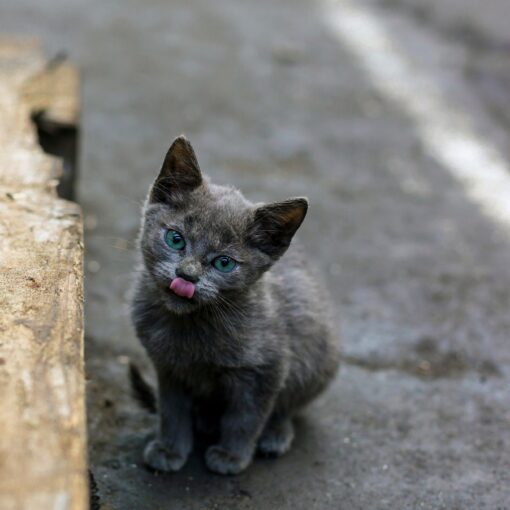Working the Evacuation Pipeline
Aldwin Roman is Charleston Animal Society’s Director of Anti-Cruelty and Outreach. Within days of Hurricane Irma hitting, he and his team logged more than 1,600 miles bringing to life the vision of the “Hurricane Evacuation Pipeline.” After his third trip to evacuate animals from Florida, Aldwin wrote this dispatch to share what his team’s experience was like.
My alarm rang at 3 a.m. I wish I could say I got a full night’s sleep, but with all the rush to prepare for the trip I was full of nervous energy. We had read the reports that gas was almost impossible to come by in Florida so the day before had been a mad dash to find every gas can in Charleston in order that we could be self-reliant. We had prepped our Emergency Transport trailer earlier in the week: brand new tires, a new spare, jumper cables, tire inflator, carjack, flashlights, batteries, etc. We didn’t want to leave anything to chance or be a burden on anyone in Florida.
Our team met up at the shelter to review our route and go over contingency plans. We rolled out of Charleston at 4:30 a.m., our 30-ft transport trailer and a cargo van, both loaded with crates.
We were still 10 miles from Florida when we saw the signs: “NO RESOURCES.” There wasn’t an exit for the next 30 miles that had resources, and a state patrol car was stationed at every exit only allowing locals through. This was no marn’s land and we knew it would only get worse the farther we drove.
We arrived at Alachua Humane Society in Gainesville just after 11 a.m. As we pulled into the facility, an animal control truck was offloading seven dogs transferred from a rural shelter to make room for strays. The staff at AHS told us trucks were pulling in all day, every day with more and more animals. The flow of animals never stopped, but AHS wasn’t going to turn anyone away. Their staff had just weathered one of the strongest storms Florida has ever seen—yet they were all calm and collected with big smiles on their faces.
The staff hesitantly asked how many animals we could take. Did we have a number? No, I told them. “We will take as many as we can, we have no set number.”
We started loading cats at 1 p.m. The carriers started coming in a steady stream from the building. Every time we were asked if we could take a certain cat with a medical condition the answer was yes. We knew every single animal we could take was one less burden to their operation. This was about saving lives and Charleston Animal Society has a reputation for doing just that. We took every single available cat.
As soon as the cats were loaded we let the van start the 5-hour drive back to Charleston. My driving partner and I stayed behind to load dogs. One-by-one the dogs started coming out on leashes. Each was walked into the trailer, placed into a crate, had their ID written on the crate, their information logged on the transport manifest, and then the crate was loaded. This happened for every single dog. First one, then two, then five, then 15…30…50. We loaded every dog they had available at Alachua Humane Society. Their operations manager asked if we could take more and I told her yes. She replied, “OK, then follow me.” We headed to the county shelter and loaded another 20 dogs. There were 71 dogs loaded on the trailer, the most we had ever fit in that trailer. Then the staff asked if we could take one more. I explained that we physically didn’t have the room and they told me, “Oh, this one doesn’t need to go in a crate.” I was confused until they brought it out. He was a tiny 3-pound mutt puppy. This little guy would get to sleep on my co-pilot’s lap the whole ride back.
We started the long journey back to Charleston and kept in constant contact the shelter to let them know how many animals we had. The staff and building needed to be ready. When we rolled in just before 11 p.m. we were greeted by an army of staff, each armed with a leash. The past week had been filled with 15-20 hour days, no sleep, and yet almost every single one of our animal care staff was there, waiting and ready to help. The same way they were loaded, the dogs were unloaded one-by-one, walked and placed into a clean cage with food and water.
I headed home and finally laid my head down on my pillow close to 1 a.m. I worked for 22 hours straight, but it was all worth is because I helped save 126 lives.
The next email came in at 9 a.m the following morning: Jacksonville needed our help. Thirty-six hours later we saved another 145 animal lives.
Time to get some rest before the next call comes in.





